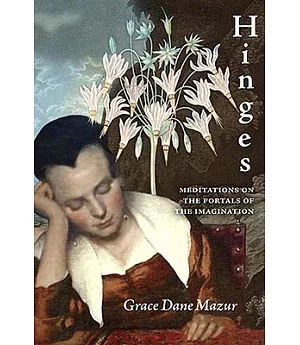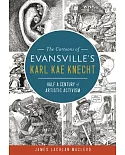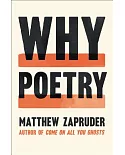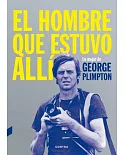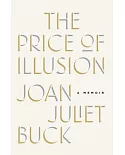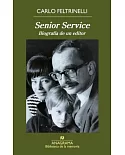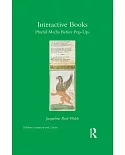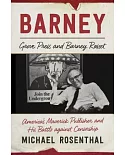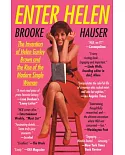What is it to be at the edge of the world of the imagination? How do writers, readers, and thinkers deal with this threshold? How do painters represent it? This unusual book�� combination of
personal essay, literary criticism, art history, and memoir��xamines what happens when we come under the spell of writing, when we get to that place where we enter into an altered state of
consciousness, either as writer or as reader. Mazur uses the idea of hinges to explore what happens at real doorways as well as at metaphysical turning points and transformations竅��n fiction
and poetry, and also in ordinary life. As she ranges from the ancient narratives of Gilgamesh, Odysseus, Parmenides, and Orpheus, to the modern fictions of Katherine Mansfield and Eudora Welty,
she presents the hero's exploration of the Other World as a metaphor for how we enter into the entrancement of the novel. Looking at art from the time of the prehistoric caves at Lascaux,
through the Renaissance, and up to the Dutch Baroque, Mazur contemplates the structure of Hell; the usefulness of demons; and the paradox of writing and solitude. Along the way, she ponders
such questions as: Why are the gates of Hell so noisy? Why is falling in love like a trapdoor? Why is the rotation of the earth uncanny? Why do spiders provoke phobias? What happens when
looking is forbidden? What is it about twilight that makes gods behave strangely and brings a brief melancholy to both humans and apes? Mazur shows us new ways of thinking about mind, writing,
and existence.

